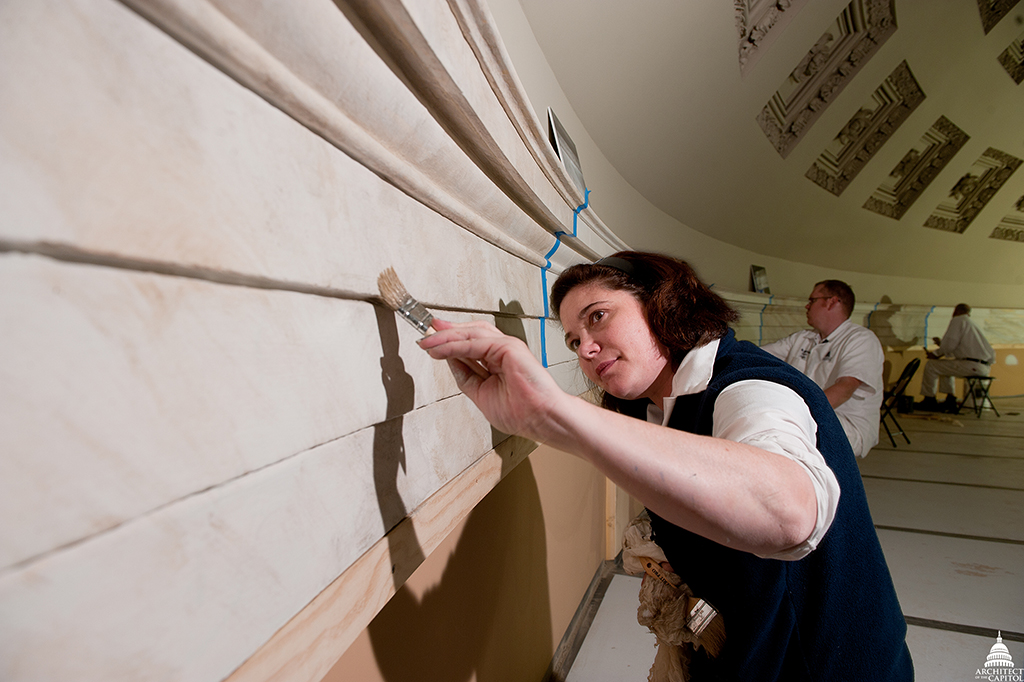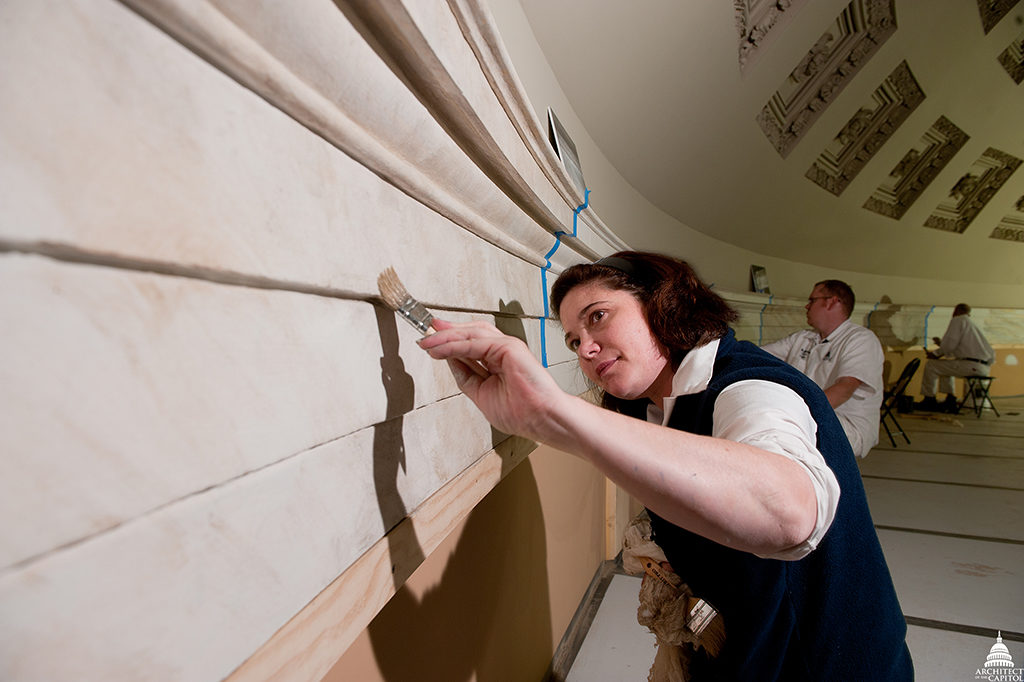Last time we talked about the importance of purchasing good tools for your painting project. So you’ve gone out and spent $20 on a good brush, and $8 on a good roller. The other tools don’t matter as much, but I still wouldn’t go to your local dollar store to get them. These other tools include a roller cage, a roller tray, and, here it is, a 6 in 1 tool. This last tool is the secret sauce for painting efficiently and keeping your tools clean for the next coat and for months, even years to come. So, like promised, we’ll talk about this amazing tool.
The 6 in 1 tool, made by Richard (there are others, that one is just my favorite), is not a tool that looks like it could make that much of a difference, but trust me on this one – it does. The tool is sort of hard to describe, but it’s got a flat surface on the top, with a point on the right side (I guess it depends which way you hold it though) and another flat spot on the left side. It then has a large round inside curve that comes down to meet the handle. At the bottom of the handle, is a solid piece of metal. Nothing special, that’s all there is to it. But instead of calling it the 6 in 1 tool, I recommend they rename it the 100 in 1 tool. Here’s why.
There doesn’t seem like a job that I don’t use this tool for, though right now we’re going to talk about its uses in painting. The top flat surface is for scraping debris off the wall. The point on the right side is for gouging those hard to reach areas, or to help clean your paint brush if there’s crusted paint on it, (this is probably the least used part of the tool). The other flat part on the left side is used to pry open things, namely paint can lids. The curve part is for cleaning the paint from the roller sleeve when you are finished painting or want to switch to a new color. By scraping down the roller sleeve you can put a lot of paint back into the paint can that would otherwise be washed down the drain.
That part is one of the things that got me the most excited about the tool. I don’t have to waste all of that paint when I’m finished painting! This also serves to make cleanup far faster and can, in the end, help the environment by not putting more chemicals down the drain. This tool is looking pretty good so far, isn’t it. The last part of the tool is the steel at the bottom of the handle. What do you do when you’re ready to close the paint can lid, and you don’t have a rubber mallet handy? Hit it with the bottom of the handle, it really is that easy!
Now that you’ve got some of the basics down, next posting we’re going to talk about how to hold your $20 brush to get the most out of it. We’ll make sure your hand doesn’t go numb from holding it poorly. That and we’ll finish up with a much better painted wall for your home.












